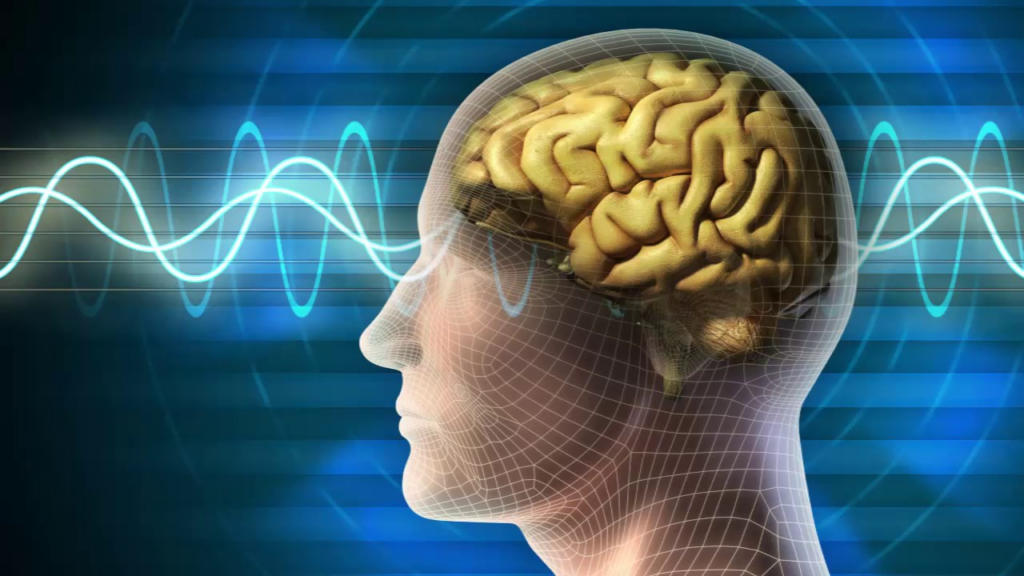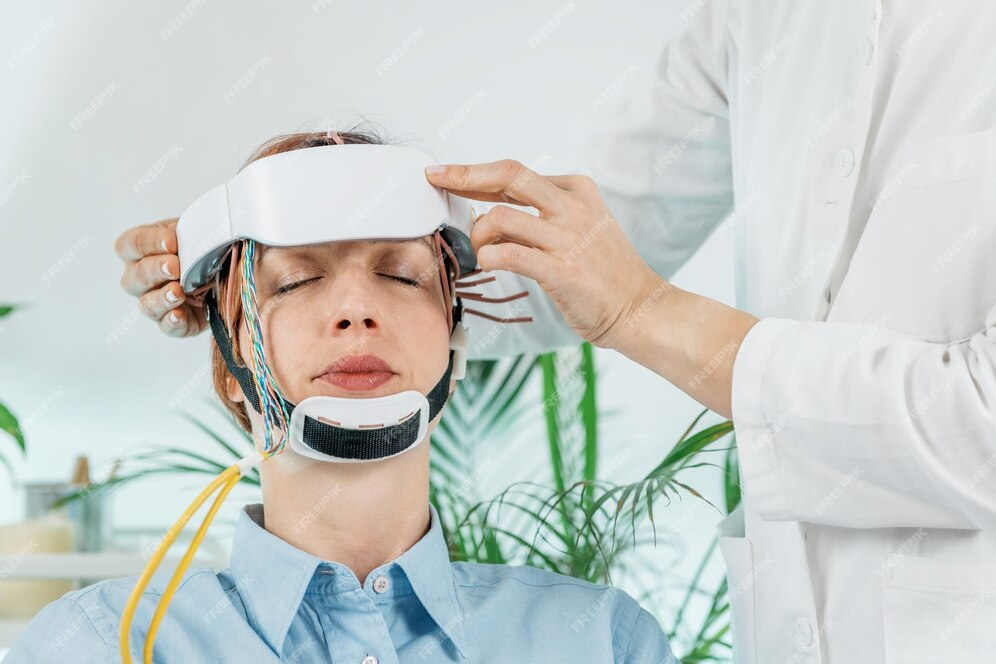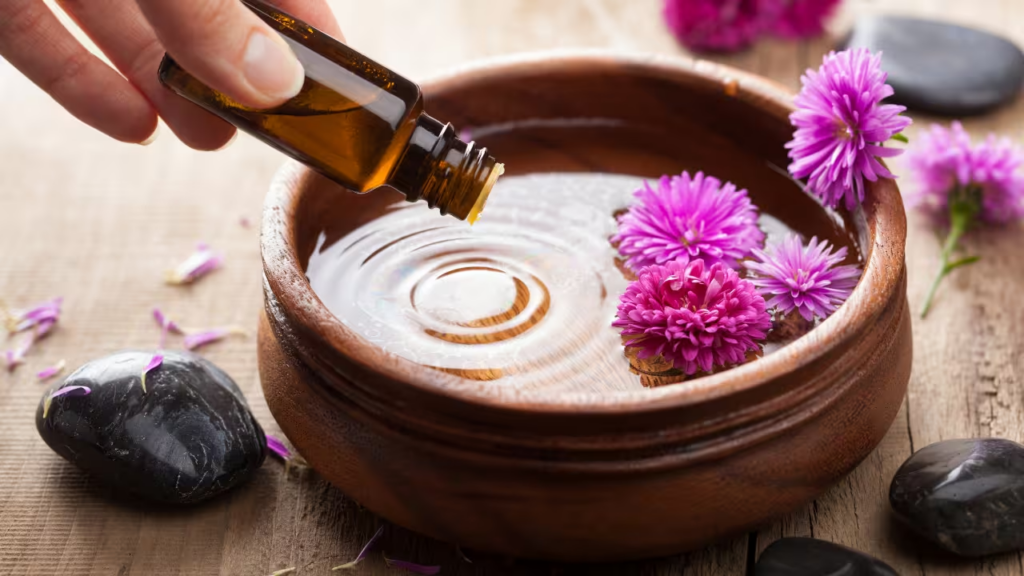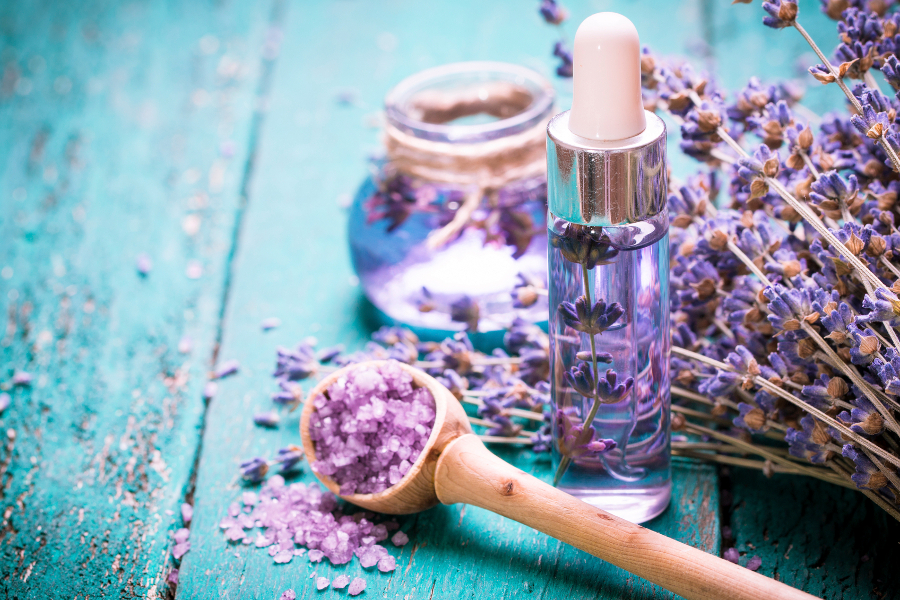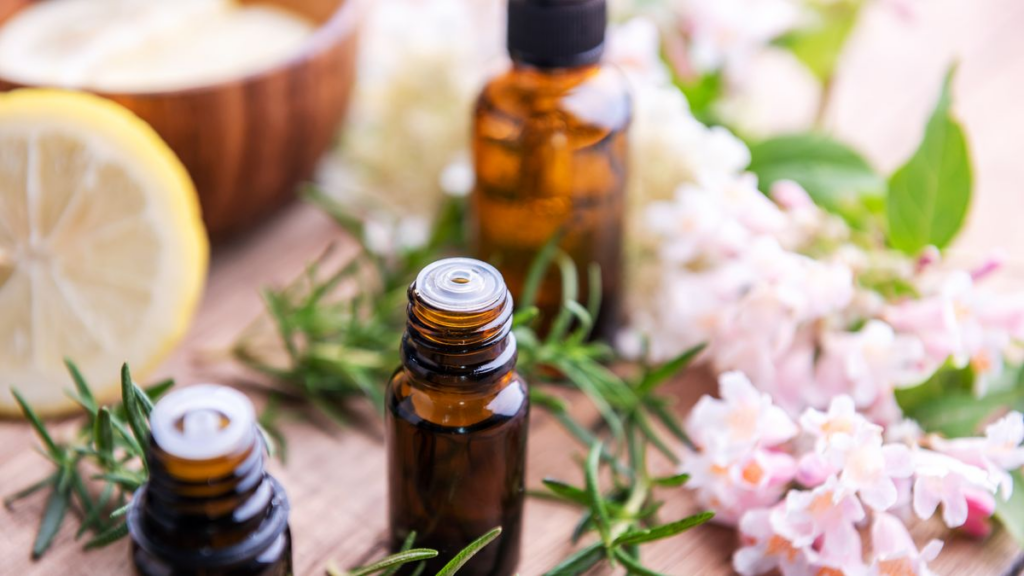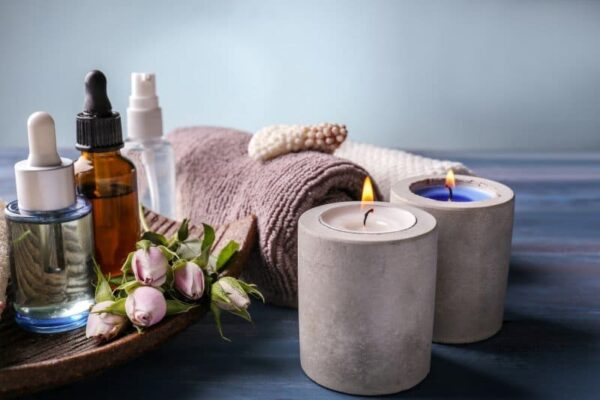Discovering If Neurofeedback Can Cure Anxiety
Anxiety is a form of mental health issue that affects millions of people around the world. So this has prompted researchers to look for different ways of treating this condition. One such healing approach that has been gaining recognition is neurofeedback. Learn what it is, its process, and its limitations. What is Neurofeedback? Neurofeedback is a therapy that trains individuals to self-regulate brain activity using real-time feedback, improving mental and emotional health. Neurofeedback (also called EEG biofeedback) is a non-invasive method that aims at training the brain to work more efficiently. It involves monitoring brain activity with electroencephalography (EEG) and giving immediate feedback to the person under study. The aim is to enable individuals to learn how to control their brain waves leading potentially to improved states of mind. What Is The Science Behind Neurofeedback and Anxiety? Neurofeedback trains the brain to reduce anxiety by normalizing brainwave patterns, promoting relaxation, and enhancing emotional regulation through real-time feedback. A number of studies have examined the effectiveness of neurofeedback in managing anxiety disorders. The Brain’s ability to remodel neural links and accommodate novel experiences is called brain plasticity. People may facilitate the growth of neural pathways of relaxation and emotional control through brainwave exercises and self-regulation. Sympathetic nervous system gives rise to fight-flight response. This healing modality can assist in balancing autonomic functions towards a more relaxed state. Some investigation suggests normalization of cortical arousal levels through neurofeedback can help with anxiety disorders. However, it should also be noted that these results are encouraging but there is need for more large scale controlled studies to conclusively determine the efficacy. What Are The Benefits of Neurofeedback for Anxiety? Neurofeedback for anxiety can improve emotional regulation, reduce symptoms, enhance relaxation, and promote long-term mental well-being without medication. Unlike drug-based therapies, this therapy does not introduce chemicals into one’s system, resulting in minimal side effects. Certain positive effects related to anxiety last even after they stop going for sessions on neurofeedback. It addresses brainwave patterns peculiar to each person using customized protocols on neuro-feedbacking to anxiety symptoms. This technique enables someone suffering from panic attacks to become an active participant in their therapy, thereby increasing their control over their own fearfulness, worry, phobias, and obsessions. What Are Its Limitations and Considerations? Limitations of neurofeedback for anxiety include variability in individual responses, the need for multiple sessions, high costs, and limited availability. Considerations include finding a qualified practitioner and combining it with other treatments. The effectiveness of this treatment is time-consuming and costly. So, multiple sessions are typically required over a long period. Different individuals react differently to neurofeedback. While some may display considerable advancements, others may experience no alterations. Neuro-feedback as an anxiety treatment does not have any definite procedure. This might result in different approaches to treating anxiety. Though studies have shown positive short-term results, further research needs to be done. Several insurance plans exclude coverage for these treatments. This makes it unavailable for many patients. obsessions. Can One Compare Between Neurofeedback And Other Anxiety Treatments? Neurofeedback offers a non-invasive, medication-free approach, while other anxiety treatments may include medication, therapy, or a combination. To help determine if neurofeedback is worth considering as an option for treating anxiety, one must consider other established approaches: Anxiety medications work fast but come with side effects and dependency risks. This alternative method does not have these drawbacks since it deals with the underlying reasons. This is a method used to help people with anxiety disorder. Neuro-feedback fills in areas that CBT cannot address by defining the physiology of brain waves in anxiety. Similar to neural feedback, these help increase self-awareness and relaxation. In comparison with mindfulness or meditation techniques, however, neural feedback can improve brain wave activities directly and quickly. Regular physical exercise has been proven effective at reducing symptoms of anxiety. For example, bio-functioning models enhance the treatment and management of anxiety. What Is The future of neurofeedback? The future of neurofeedback includes advanced technology, broader accessibility, integration with other therapies, and increased recognition in mental health treatment. The use of more sophisticated forms of brain imaging may result in a more accurate and effective treatment protocol. Creating user-friendly, at-home neurofeedback devices could make this treatment more available and convenient. More comprehensive and effective anxiety management strategies can be discovered through further investigations and combined with this healing modality. If AI-driven analysis is employed in relation to EEG data, it might help personalize the treatment and predict individual responses better. Why is Neurofeedback Controversial? Neurofeedback is controversial due to mixed research results, high costs, varying practitioner qualifications, and debate over its long-term effectiveness. Neurofeedback is a source of controversy because of inconsistent scientific support. Critics claim that its mechanisms are not well understood and that placebo effects might be significant. In addition, the lack of standardized protocols and variations in practitioners’ training and methodologies undermine the trust factor. Some critics also argue that the high cost associated with it creates doubts about its effectiveness. It seems too promising so people become skeptical about it. Why do I feel worse after Neurofeedback? Feeling worse after neurofeedback can occur due to brain adjustments, incorrect protocols, or overtraining, and usually resolves with proper guidance. Some people might feel worse after this treatment as a result of maladaptive training protocols whereby brain activity is misregulated rather than optimized. Moreover, initial sessions could lead to temporary side effects such as tiredness, anxiety, or headaches during brain adjustment periods for new patterns. Such negative reactions suggest possible adjustments in the frequency or intensity of sessions. Hence, the therapist should be informed immediately. Clinicians can then match your treatment plan with your specific needs for better results. What is the role of neurofeedback therapy? Neurofeedback therapy trains the brain to self-regulate, improving mental health conditions like anxiety, ADHD, and depression through real-time feedback. In this therapy, patients are trained to regulate their own brainwave patterns through real-time feedback. This process involves recording a person’s brain activity using EEG sensors and giving them visual


